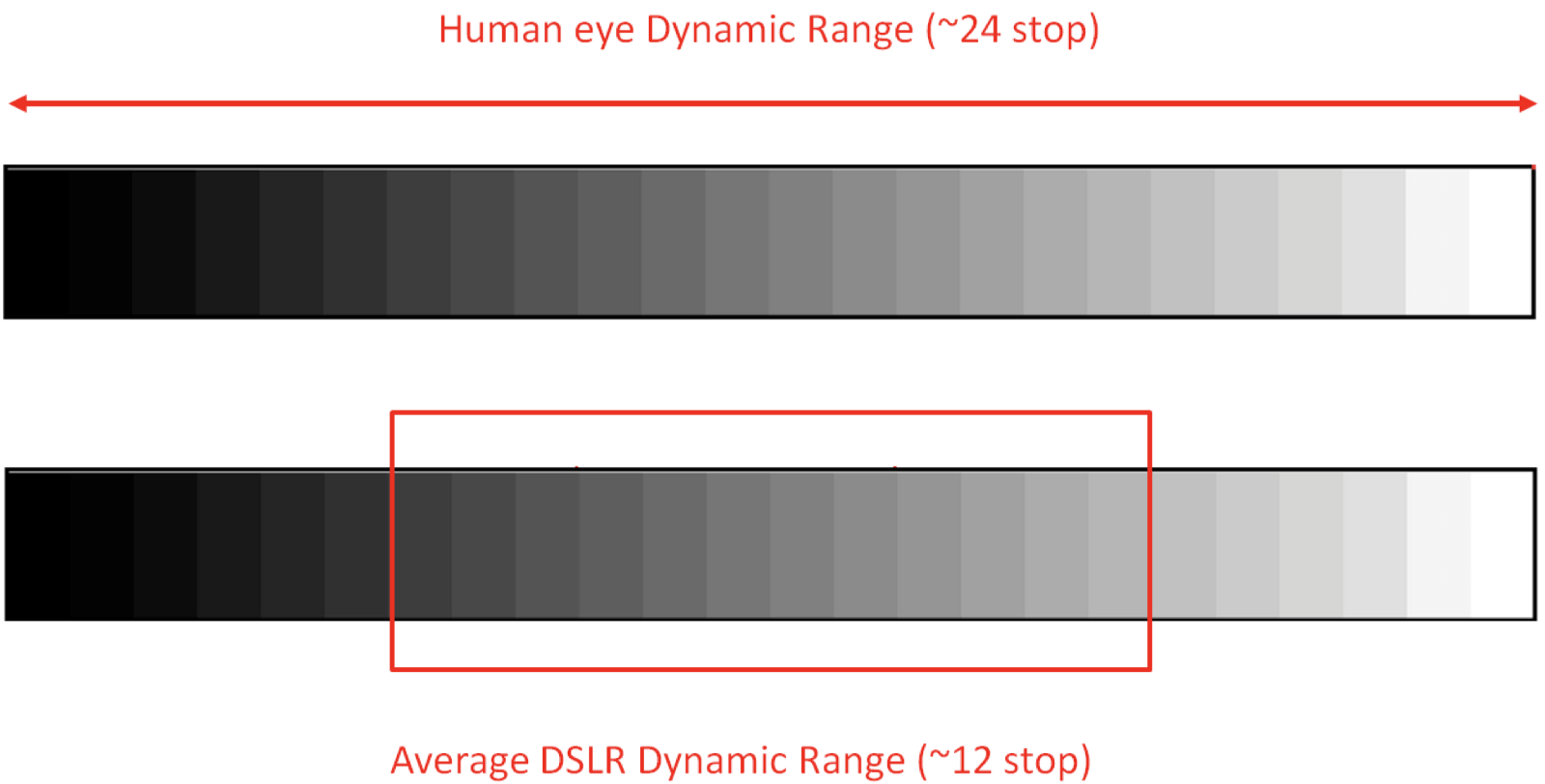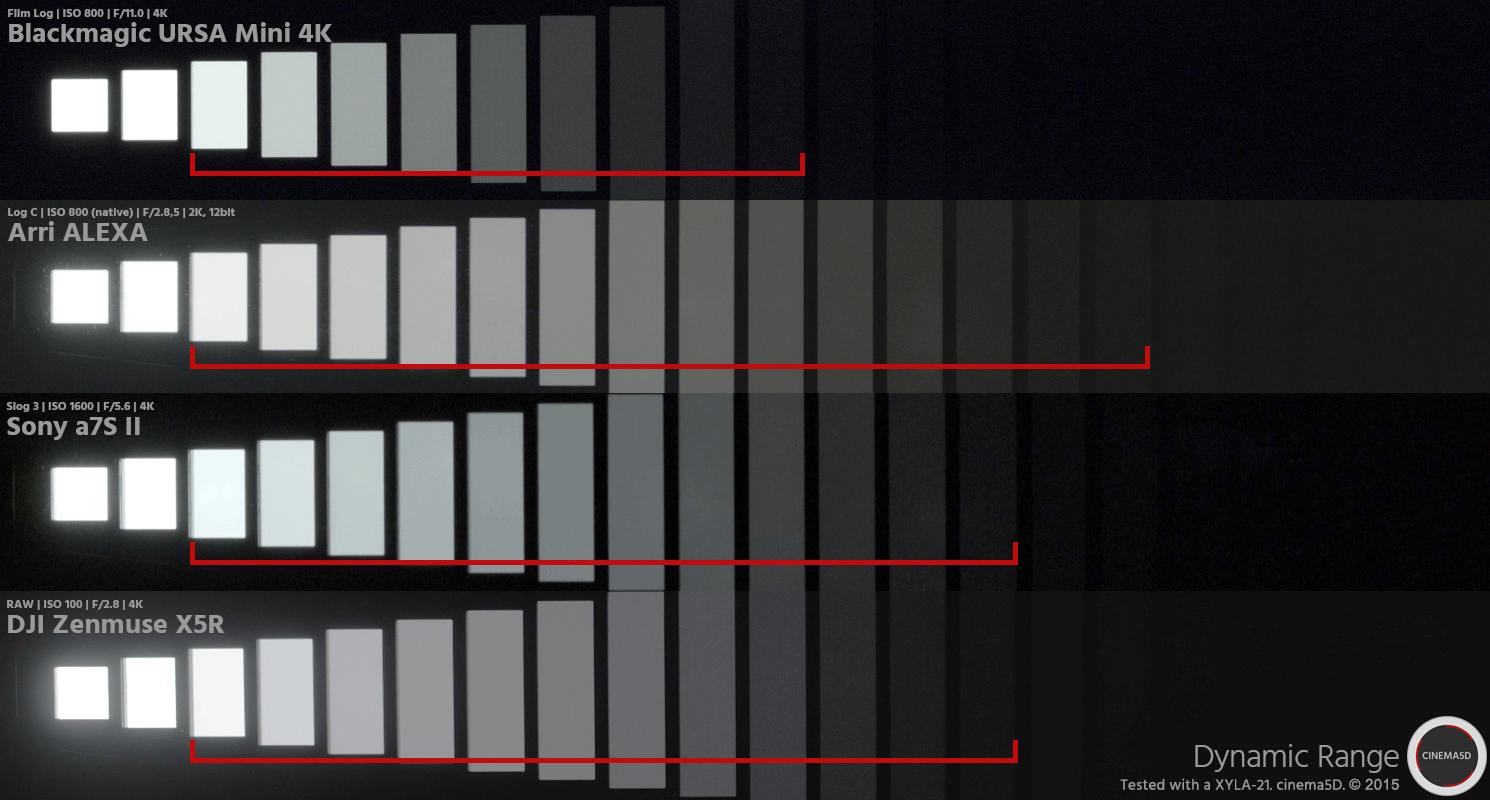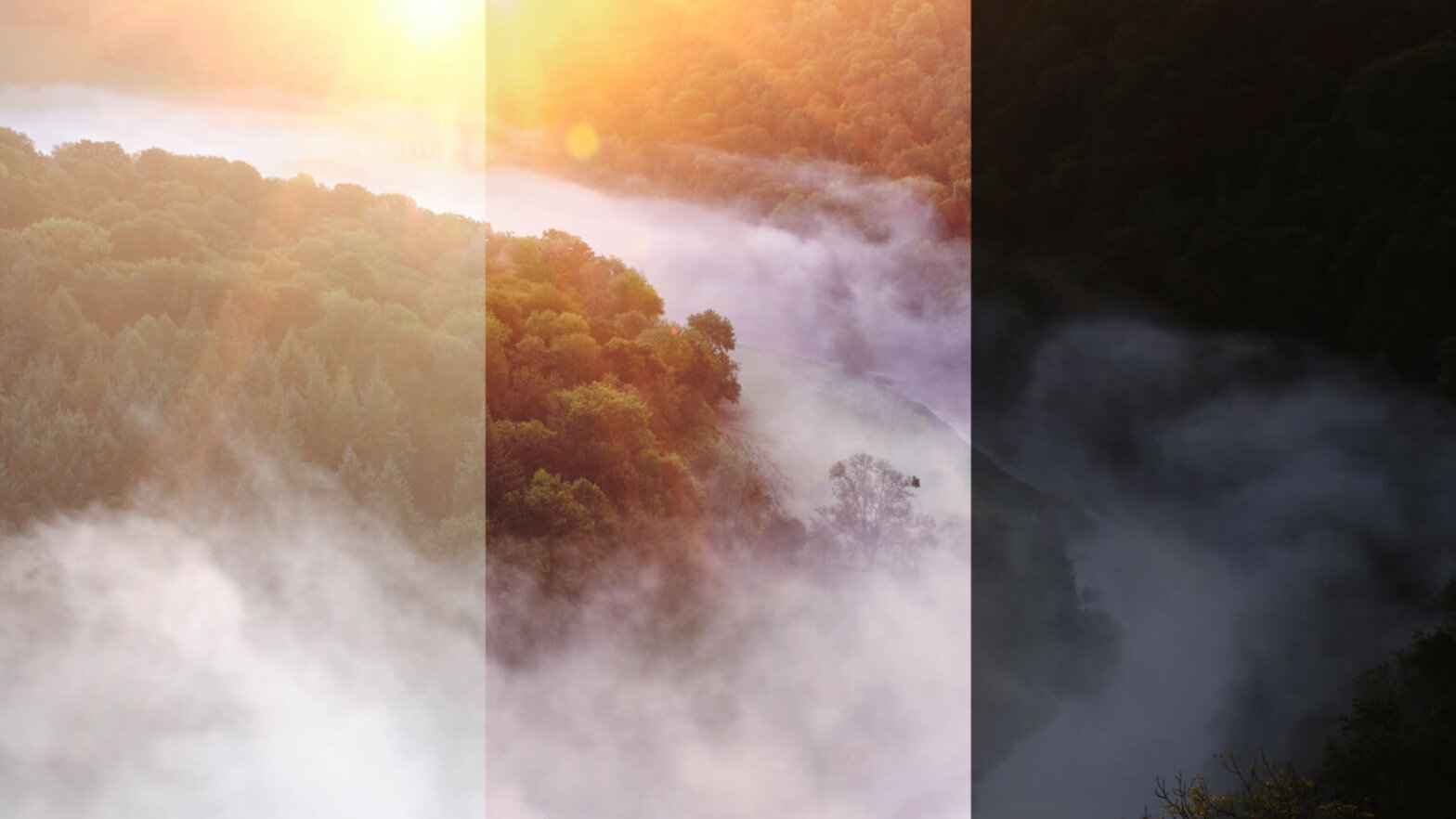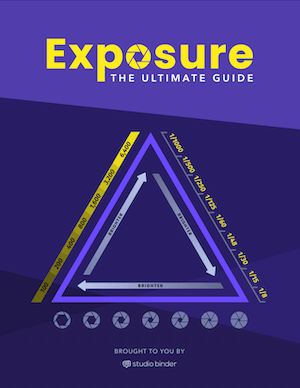One of the key differences between professional images and amatuer images is detail. Detail, or lack thereof, is the difference between a cinematic shot and a video-looking shot. Capturing more detail requires a solid understanding of dynamic range. What is dynamic range in photography?
Dynamic range in photography and cinematography is a fundamental technical principle that ultimately allows you to bring your creative vision to life. Without an understanding of this range, you run the risk of creating images that fall flat, are blown out, or get crushed.
What is dynamic range in photography?
Dynamic range in photo & film
Dynamic range is not specific to photography and cinematography. It is a term used in audio, tech, and mathematics in general. To better distinguish this concept as it pertains to photography and cinematography, let’s take a look at the dynamic range definition.
DYNAMIC RANGE DEFINITION
What is dynamic range?
Dynamic range is the ratio between the maximum and minimum values of a varying measurement. As it pertains to photography and cinematography, this range is the ratio between the whitest values (brightest) and darkest values within an image.
For cameras, dynamic range is what determines how much detail one can capture within an image. It is measured in f/stops or t/stops. The wider the range in stops, the greater the range.
A high dynamic range typically means that more detail in both highlights and shadows can be captured. A low range means that details in shadows may be lost or details in highlights may be blown out.
Benefits of full dynamic range photography:
- Greater detail in highlights and shadows
- More control over an image when editing
- Less reliance on artificial lighting
Dynamic range photography
Why dynamic range is important
What is dynamic range used for and why is it important? Have you ever tried to take a photograph in high contrast lighting and found that you needed to make a compromise? You had to choose between exposing for the highlights or exposing for the shadows.
No matter which you chose, detail in the image was lost.
This common problem can be traced back to the dynamic range of your camera. It’s important to think of dynamic range photography as a bracket. This bracket falls onto the tonal spectrum of white to black. The dynamic range of a camera is essentially the range on the tonal spectrum where the camera retains detail and information. Everything outside of this range becomes crushed to absolute black or clipped to pure white.

Dynamic range camera scale
Cameras with lower ranges often let shadows fall to pure black and/or highlights to be blown out and lost completely. A higher range is much better at retaining detail and information in both highlights and shadows.
Why is this important? A higher range means more detail. And more detail results in more professional and vivid images. In the video below, you’ll see three examples of cameras with varying ranges. Take note of how each range directly impacts the detail of the shots.
Full dynamic range photography explained
Ultimately, the benefit of a greater range is that the camera sensor retains more information in an image's highlights and shadows. This also means that you have more control over your image when editing it in post-production. It also means that you get to rely less on artificial light to properly expose all areas of your image.
When it comes to cinematography, a higher range can be the determining factor between cinematic shots and video-like shots. Having a greater dynamic range will generally lead to capturing better images. To better understand this concept, it is important to understand the ins and outs of camera exposure. Check out our ebook The Ultimate Guide to Exposure for in-depth information.
Free downloadable bonus
FREE Download
Ultimate Guide to Exposure
The Exposure Triangle is something every photographer and cinematographer needs to master. Download our FREE e-book to get in-depth explanations and tutorials on topics like aperture, ISO, shutter speed, and how to balance these settings to nail perfect exposure every time.
High dynamic range photography
How to maximize dynamic range
Now that you understand all the benefits of a high dynamic range, you might want to utilize it yourself. How exactly? Well, the first and most obvious way is to use a camera with the highest range.
Dynamic range photography is measured in stops. Doing research on the best DSLR cameras or best mirrorless cameras on the market will inform you on which cameras have the best dynamic range photography.
When it comes to cinematography, a cinema camera's range will always beat that of a DSLR.

What is dynamic range in photography?
However, cinema cameras do carry a hefty price tag. So how do you maximize your dynamic range within your images if you’re working with the limited range of an average DSLR or mirrorless camera?
Both have in-camera tools called the histogram and the highlight alert that can help you get the most detail in your shots. The histogram will inform you on the distribution of light within your image. If you cannot expand your range, the next best thing you can do is ensure that you are using your camera to the best of its ability.
What is dynamic range and its impact visually? Check out the video below to learn more about the histogram and highlight alert and how they can help maximize the range in your image.
How to Maximize Dynamic Range Camera Tips
If you are shooting still photography, it is important to note that shooting in RAW will allow you to retain much more information when editing your images in post. So even if your image was taken without the use of a histogram, you can correct your mistakes when editing.
In cinematography, however, you do not have the luxury of shooting video in RAW file formats. This means that any highlights that are blown out or shadows that are crushed are lost for good.
This is why cinema cameras prioritize high ranges. This is important to keep in mind if you plan to shoot both photo and video.
UP NEXT
What is the Exposure Triangle?
Understanding the limits of your camera’s dynamic range is only one part of properly exposing an image. To utilize your camera’s dynamic range to the best of its ability, it is important to have a comprehensive understanding of the exposure triangle. Check out our next article to learn how ISO, aperture, and shutter speed all determine how an image is exposed.
Up Next: Exposure Triangle →
Showcase your vision with elegant shot lists and storyboards.
Create robust and customizable shot lists. Upload images to make storyboards and slideshows.

